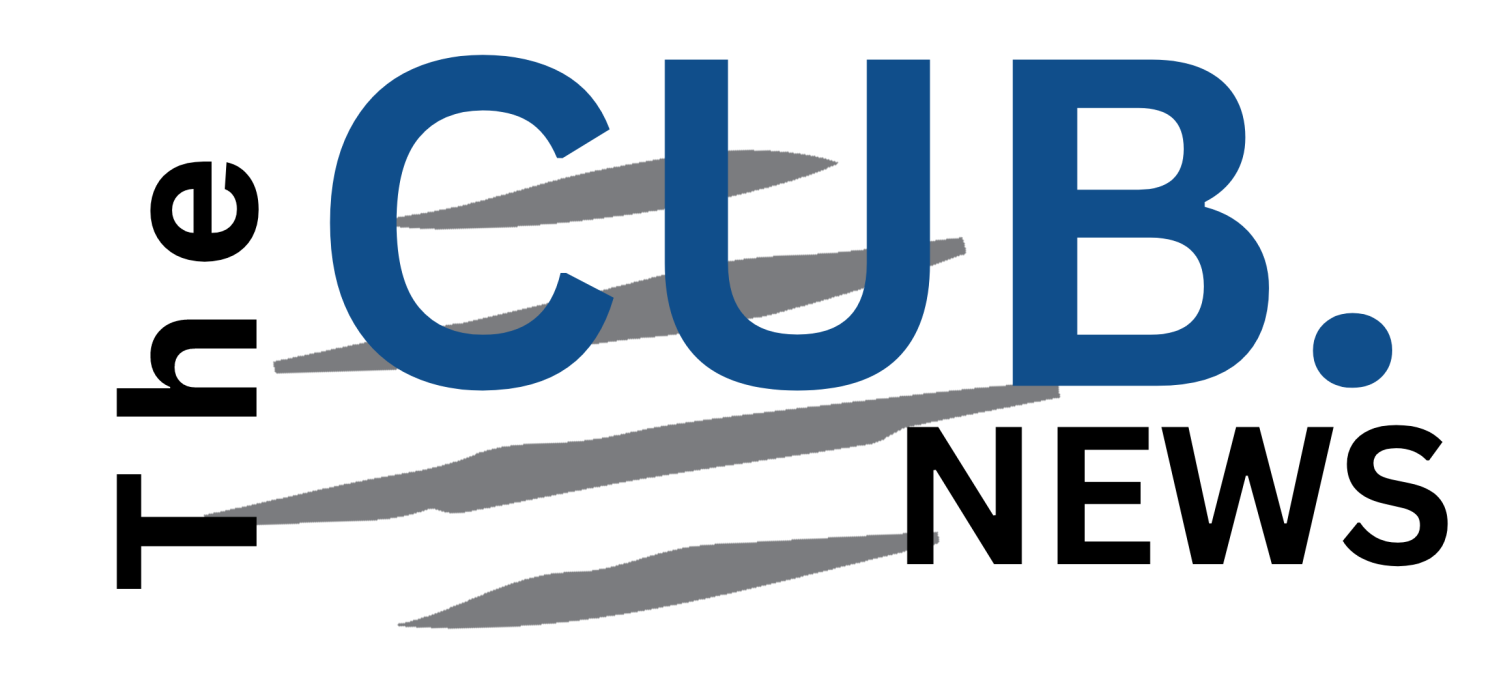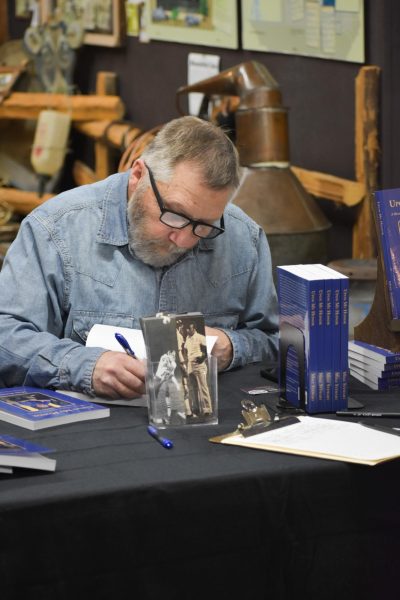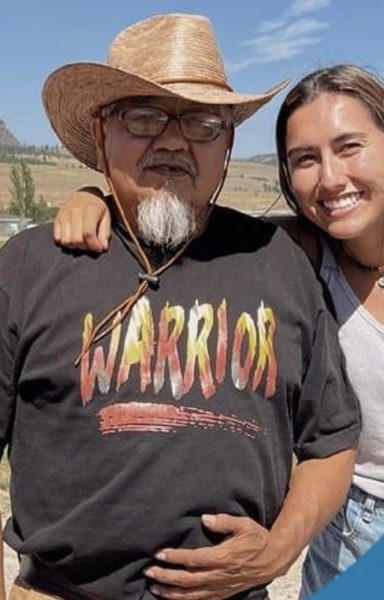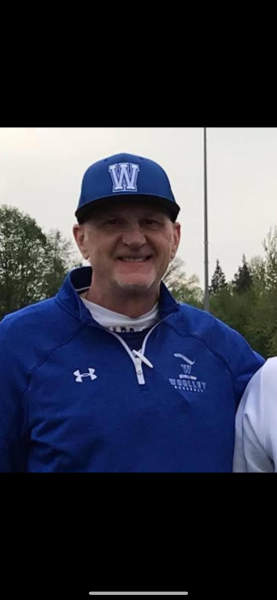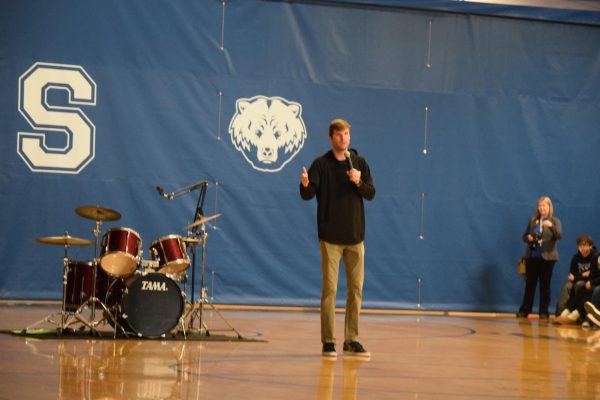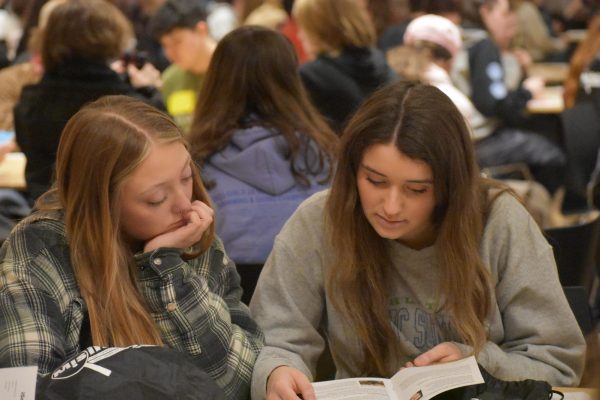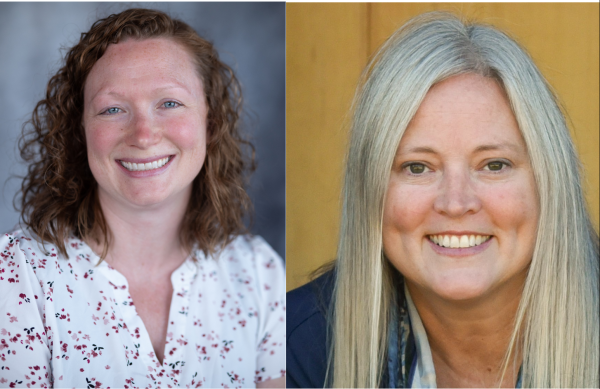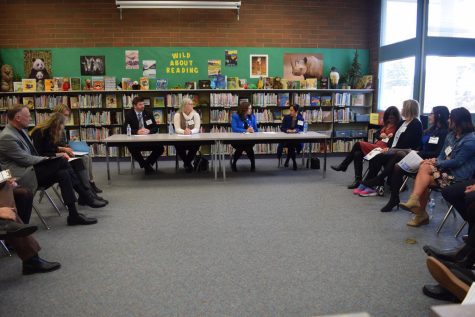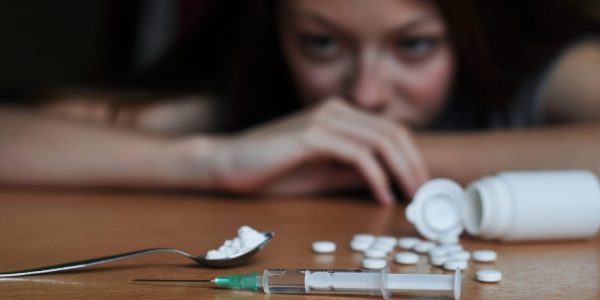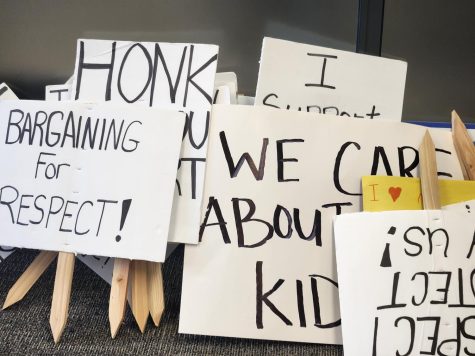School Board Meeting Votes to Continue School-Based Clinic for SWHS
Talk of an in-school health care provider at Sedro-Woolley High School has been circulating the community for months and has left residents wondering just what exactly the district has been up to.
SWHS plans to introduce a school-based health clinic in the fall of 2019 that would allow students the same medical care as a family doctor or urgent care facility, but within the school walls that would allow students to be back in class in good health as quickly as possible.
The plan has faced some criticism from worried parents who are concerned about the school interfering with their child’s health care.
Despite the opposition the plan has received, the clinic will continue on as planned, with continued support and patience from the school district.
“We understand that there is concern around those confidential services,” said Sedro-Woolley School District Superintendent Phil Brockman.
Some of the specific treatments that will be available include, cuts, abbrasions, sore throats, headaches, bug bites, minor gynecological problems, reproductive health care, excluding abortions or morning after pills, but including contraceptive, sports physicals, and immunizations.
The need for a health service arose about five years ago when the district lost behavioral health services that were funded through the county. After the services were lost, the seven superintendents in the area began searching for a way to bring it back in a way that would benefit the students and be cost effective.
It wasn’t until about two years ago that the idea to make extensive care available within a school-based clinic became a possibility for Sedro-Woolley High School.
Part of Brockman’s vision for the return of mental health services at SWHS in the early planning stages included a full-time mental health specialist that would be available to help students throughout the day with mental health issues.
The vision created years ago has stemmed into a massive project that has the potential to change the way the entire education system operates.
As the likelihood of the project continued, a task force was initiated and plans for discovering ways of covering costs and gaining the community backing needed to set the plan into motion was underway.
Research was conducted into how the clinic would operate, and what public support would look like. The task force observed in-school clinics in Seattle and Mental Health conferences as well and came to the conclusion that if,partnered with the right organization, the clinic could work in Sedro-Woolley.
Brockman worked in five different schools within the Seattle area, including Rainier Beach High School, which was the first school in the Pacific Northwest to have a school-based health center. The RBHS clinic came about in the late 1980s when Brockman was a teacher there. He compares the opposition of the clinic then to being very similar to what the SWHS clinic faces now.
“There was a little bit of that pushback,” said Brockman, explaining that the issues mainly surround the prospect of reproductive health.
In an effort to combat that skepticism, the district decided to seek partnership with a foundation that represented the deeply rooted community aspect that the task force was looking to reflect.
At the same time, local Sedro-Woolley health organization, PeaceHealth was looking to expand its footprint within the community. Especially when dealing with reproductive health, PeaceHealth comes from a catholic background, meaning that they have a conservative approach.
According to the not-for-profit organization, “Today, PeaceHealth is the legacy of the founding Sisters and continues with a spirit of respect, stewardship, collaboration and social justice in fulfilling its Mission.”
Brockman saw PeaceHealth as the perfect group to join with in order to see the project through, due to “their philosophy around engaging the parents and having those conversations, things that we already do and think about within our school district.”
After looking into what PeaceHealth would be able to provide students with in terms of overall healthcare, plans began to form. “That’s when we started to have deeper conversations around could they partner with us and what would that would look like,” said Brockman.
The two groups collaborated to develop a financial performa around how they would pay for the schools clinic. “The SBHC will be funded, in part, by statewide taxes already collected,” according to the school-based health center brochere. “PeaceHealth will accept public
and private insurance payments. If a student does not have insurance, they will still be treated at the center at PeaceHealth’s expense.”
Around the fall of 2018, the plan was deemed feasible and the effort to gain community support began.
Out of 1,879 parent responses, 92.4 percent agree that they would support the clinic, knowing that their child would be required to have a parent signed permission form to receive health care.
Brockman is familiar with that remaining 7.6 percent, and describes the opposition as cordial and caring and more of a skepticism that comes from a place of love and concern.
SWHS junior Stephanie Amaro understands why parents might not be in favor of the clinic. “They want to know what’s happening in their child’s life, but some topics are only discussed with certain people,” said Amaro.
The validation for the need for an in-school clinic came, in part, from the Healthy Youth survey that showed that 60 percent of seniors reported “not being able to stop or control worrying
in the past two weeks,” and that nine percent of seniors had attempted suicide in the last year.
Brockman believes that there is an epidemic in the mental health of adolescents as well as drugs and alcohol and overall wellness.
The model that has been created for Sedro-Woolley School District is one of prevention, intervention, and wellness and includes a social worker, new dean of students, and other new strides towards improvement at Cascade Middle School.
“Sedro-Woolley has a high number of students who are unable to access basic healthcare because of socio- economic barriers,” according to the informational brochure.
A parent signed permission slip will be necessary to receive care from the facility, but the services provided would be confidential, just as with any medical entity.
As the clinic’s expected arrival date nears, the district plans to focus even more on reaching out and informing community members on the changes that will be coming and alleviating any anxieties towards health care provision within school walls. The next school board meeting will be on Monday May 13.
